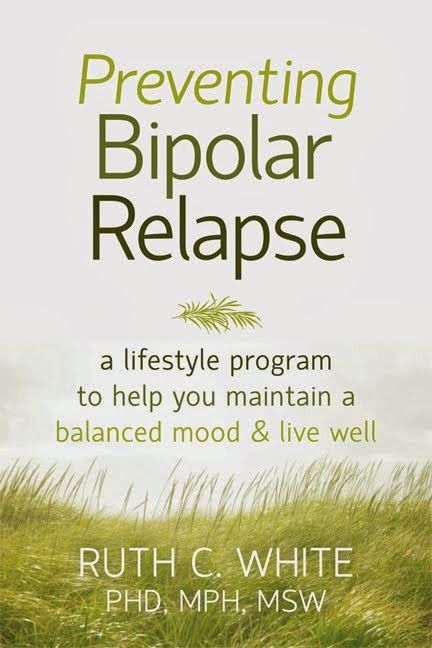Featured article:
Hirschfeld, R. M. (2014). Differential diagnosis of bipolar disorder and major depressive disorder. Journal of Affective Disorders, 169(S1), S12-S16.
Summary & Overview
In this article the author - a leading scholar of bipolar disorder - discusses the challenges of differentiating between bipolar disorder and major depressive disorder. Prevalence of unipolar depression is almost four times that of the range of bipolar disorders (including bipolar disorder I, bipolar disorder II and sub-threshold bipolar disorder).
The major challenge is that people with bipolar disorder tend to experience more depressive symptoms than symptoms of mania or hypomania and are much more likely to seek help when experiencing the lows of depression than when they are experiencing the highs of mania or hypomania. Several studies referenced in this article found that many people suffering from depression have undiagnosed bipolar disorder.
Therefore, if someone is seeking help for the first time it is important to differentiate between bipolar disorder and depression because anti-depressants alone are not helpful for people with bipolar disorder and are best used in combination with mood stabilizers; even then anti-depressants are not very effective. Furthermore, there is considerable debate about whether or not anti-depressants can cause destabilization or manic symptoms in people with bipolar disorder.
Symptomatic and Experiential Differences
The possible indicators of bipolar disorder in depressed patients include: earlier onset of symptoms, a family history of bipolar disorder, seasonality (with depression more likely in the winter months), mixed states, history of hospitalization, history of treatment-resistant depression, numerous past episodes, mood reactivity, switching on anti-depressants, more likely to experience psychosis and cognitive impairment, and are more likely to have a history of suicide attempts.
Screening and Diagnosis
The most popular screening tool for bipolar disorder is the 15-question Mood Disorder Questionnaire (MDQ) that takes approximately 5 minutes for the patient to complete. However, it is a screening tool and not a diagnostic instrument. The MDQ measures lifetime symptoms of hypomania and mania. It has been translated into 19 languages and has been cited in more than 600 publications. It correctly identifies 75% of people with bipolar disorder and screens out 90% of people without the illness.
The Hypomania/Mania Checklist (HCL-32) has 34 self-report questions that are completed in less than 10 minutes and assesses lifetime symptoms of mania and hypomania and will correctly identify 80% of patients with bipolar disorder and screen out 51% of people without the illness.
Another self-report instrument is the Patient Health Questionnaire (PHQ-9) which has 9 questions - that can be completed by the patient in less than 5 minutes - that assess current depressive symptoms. It correctly identifies 88% of cases of major depression and screens out 88% of people without symptoms. The author suggests that this is the best tool to measure depression among general patient populations because it is so short and so widely used.
The Beck Depression Inventory (BDI) is a widely-used 21-question (in the main version) instrument that screens for symptoms of depression and takes less than 10 minutes to complete.
The Inventory of Depressive Symptomology (IDS-SR) is a 30-item self-report questionnaire and the Quick Inventory of Depressive Symptomology (QIDS) is a 16-item version. Both instruments measure symptoms of depression and can be completed by a clinician or by the patient.
Included in this article is a table (Table 3) that compares all of the above instruments and 2 other clinician-rated scales. The Hamilton Depression Rating Scale (HAM-D) has 21 questions that are completed by a clinician and takes less than 20 minutes to administer. It assesses current depressive symptoms and has several different versions. The Montgomery-Asberg Depression Rating Scale (MADRS) is a 10-question scale that takes less than 10 minutes for a clinician to assess current depressive symptoms.
The PHQ-9, BDI, HAM-D and MADRS do not distinguish between bipolar and unipolar depressive symptoms.
Conclusion
Understanding the difference between instruments can help inform your discussion with clinicians about assessing symptoms and making the correct diagnosis.
Sunday, March 29, 2015
Diagnosing the Difference Between Depression and Bipolar Disorder
Labels:
BDI,
Beck Depression Inventory,
bipolar disorder,
depression,
depressive episodes,
HAM-D,
HCL-32,
hypomania,
IDS,
MADRS,
mania,
MDQ,
Mood Disorder Questionnaire,
Patient Health Questionnaire,
PHQ-9,
QIDS
Subscribe to:
Posts (Atom)




